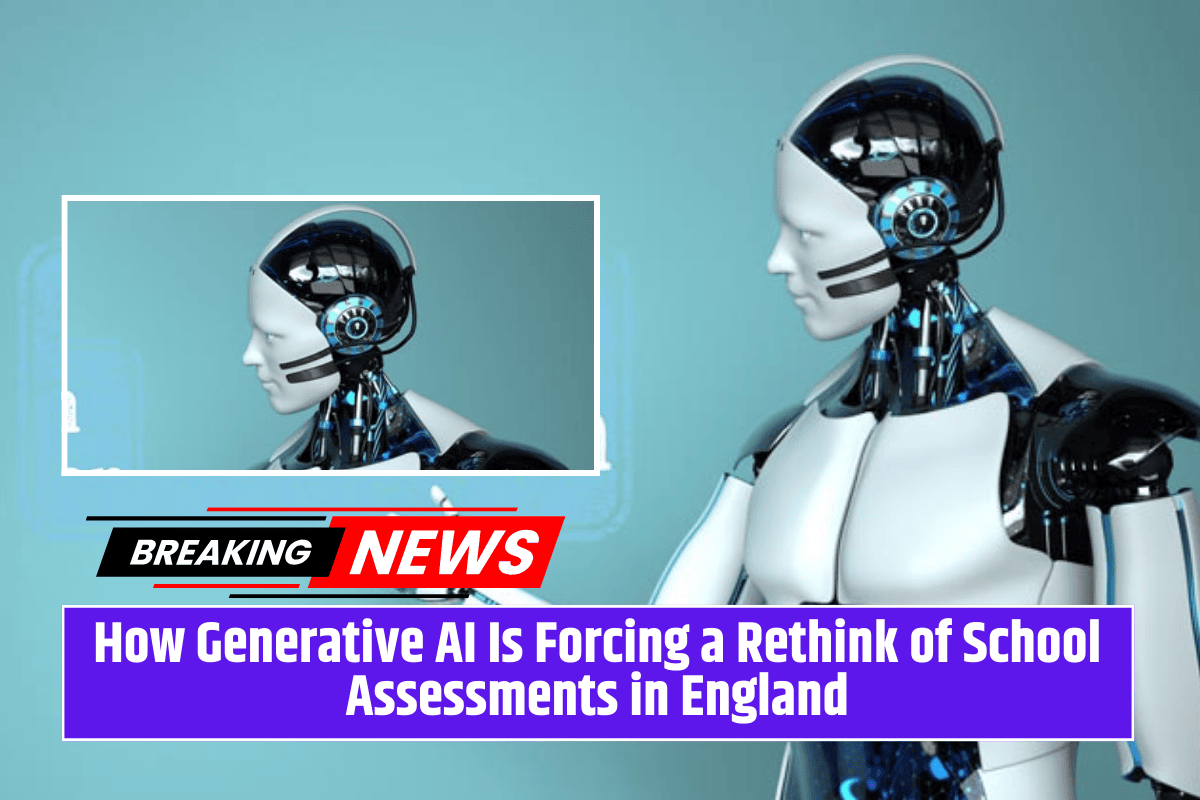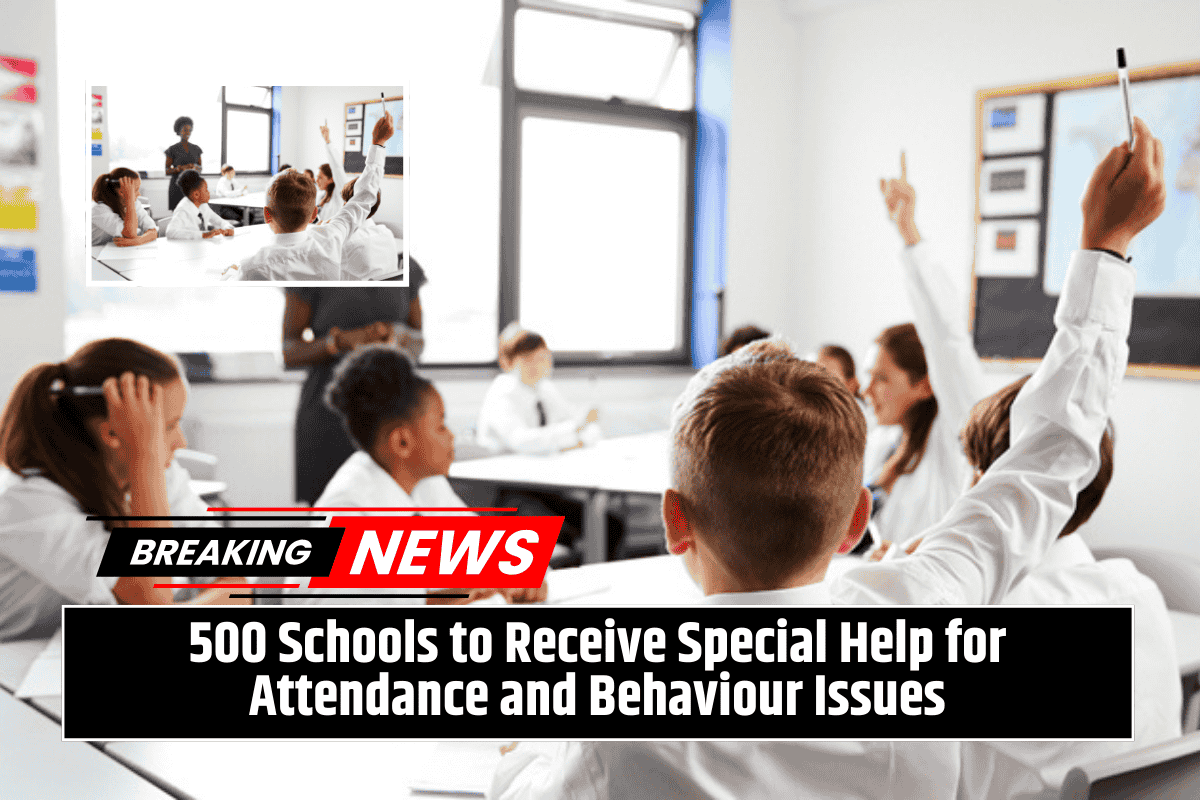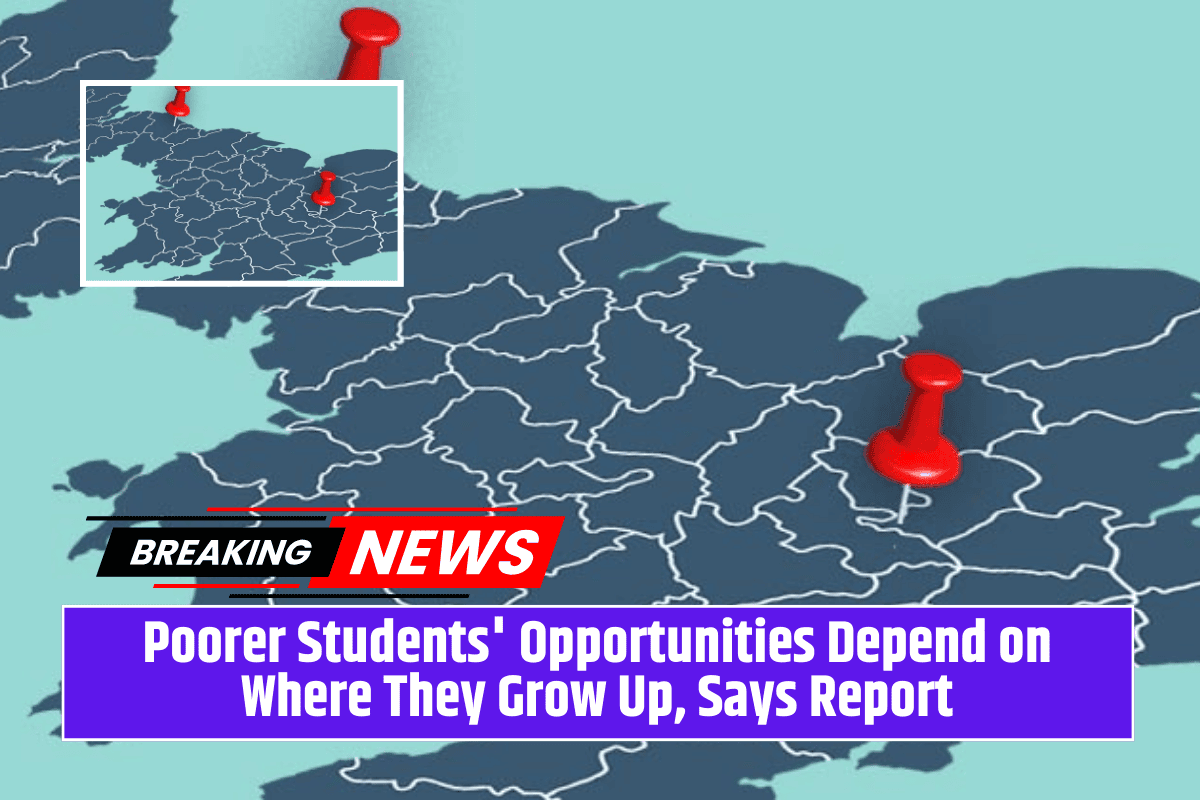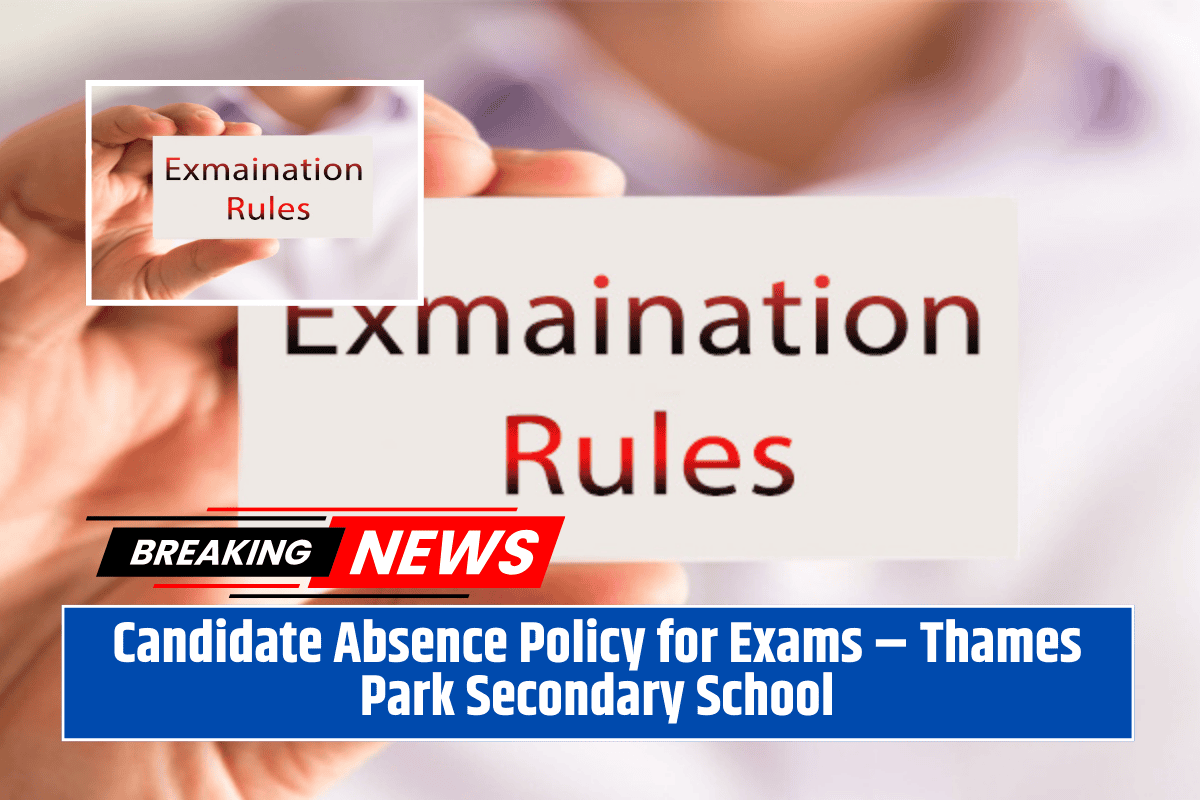The way students are assessed in schools is changing fast—and much of it is due to the rapid rise of generative AI. In less than a year since Bridget Phillipson, the Education Secretary, announced a full review of England’s curriculum and assessment system, artificial intelligence has made many traditional ideas about exams and marking outdated.
From how students write essays to how teachers mark them, AI is now involved at every level. While this opens up new opportunities, it also creates serious challenges.
The Rise of AI in Student Work
Over the past two years, there has been a sharp rise in the number of students using AI tools like ChatGPT to complete assignments. In universities, AI use for assessments jumped from 53% in 2024 to 88% in 2025. Among school students aged 13 to 18, it rose from 37% in 2023 to 77% in 2024.
AI detectors that are supposed to catch cheating often don’t work. They sometimes miss AI-written content and falsely accuse students of copying work they actually wrote themselves.
In the worst case, it could lead to a situation where students fake their work, and teachers pretend to assess it—without anyone truly learning anything.
What Can Be Done? 5 Key Actions Needed in the Review
To make sure AI improves education rather than ruins it, the upcoming curriculum and assessment review should focus on these five areas:
1. Review How AI Marking Systems Perform
There are now many AI tools that help mark student work. Ofqual, the exams regulator, should conduct a full review of how well these tools really work. This would ensure any system used in schools is accurate and fair.
2. Update Teacher Training on AI and Assessment
Many teachers and education leaders misunderstand the purpose of assessments. Some believe it’s fine for students to use AI since it’s used in the workplace. But this misses the point.
In education, the focus is not only on the final product, but on the learning process that led to it. Using AI to generate perfect answers is like hiring a taxi to run a marathon—it defeats the purpose. Teacher training should now include modules that explain how to deal with AI in schools.
3. Remove Non-Exam Written Work
Unsupervised written tasks are no longer reliable. Many countries are moving back to supervised exams. England’s main assessment system is still exam-based, but some independent schools use unregulated qualifications that depend heavily on coursework—which is now easy to cheat on using AI. This needs to be addressed.
4. Keep Handwritten Exams
There has been a push to make exams digital, but handwriting still has important benefits. It helps students learn better, and if students know they have to handwrite their exams, they are less likely to rely on AI.
AI tools can now scan and transcribe handwritten answers easily, so it’s possible to keep the learning benefits of writing while still using technology to speed up marking.
5. Consider Post-Result University Applications
Right now, students apply to university using predicted grades. This can be unfair. It would be better if they applied using actual results. The problem is that there’s not enough time to do this before the university year starts.
But if AI makes marking faster, this might be possible. Students could get their final grades quicker and apply to universities based on real marks instead of guesses.
Artificial Intelligence is changing how students learn, how teachers teach, and how exams are marked. It can either widen the gap between students or help close it—depending on how we use it. With the Francis Review now underway, the time has come for schools and education leaders to make smart decisions about AI. This moment is not just about keeping up with technology, but making sure it helps every student learn better, fairly and honestly.











